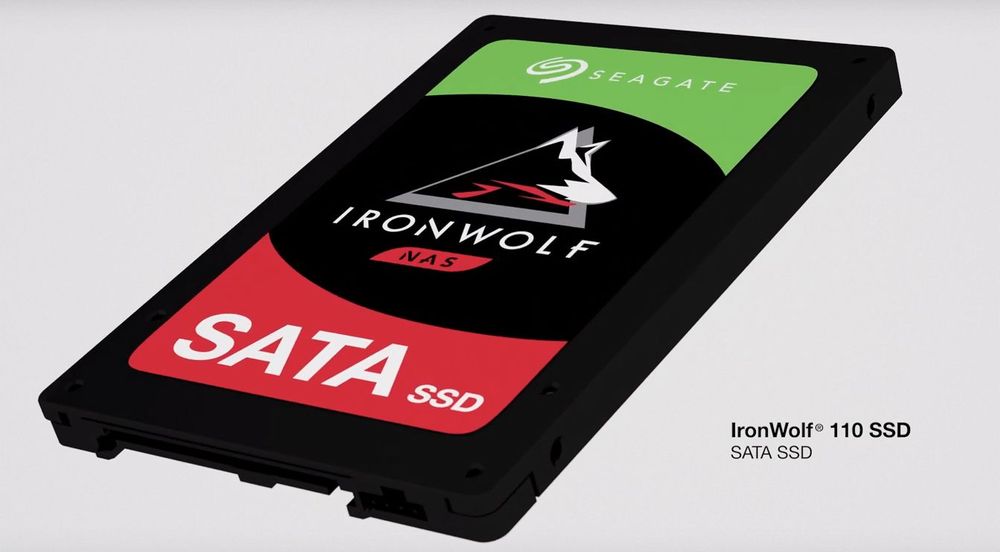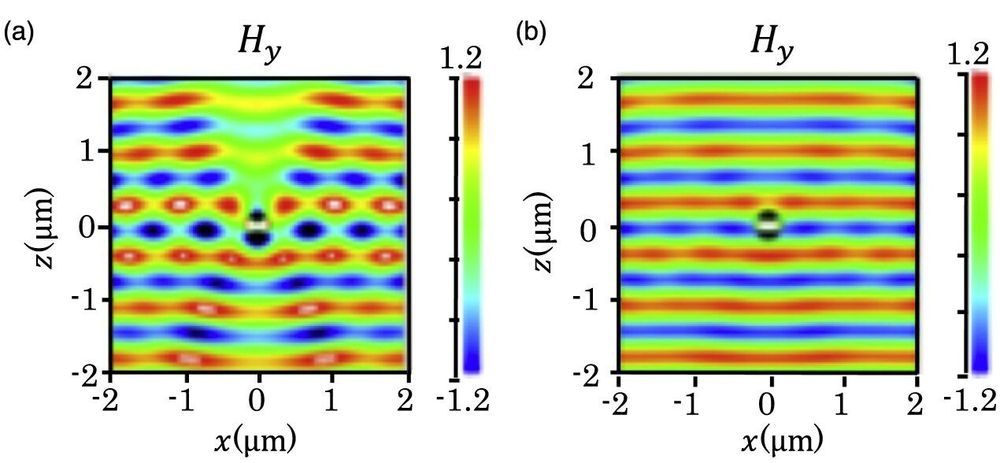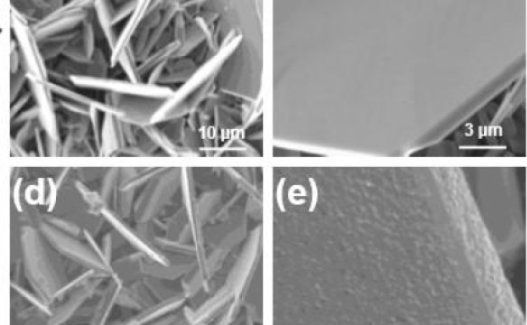Archive for the ‘electronics’ category: Page 60
Apr 29, 2019
Seafloor fiber optic cables can listen for earthquakes
Posted by Quinn Sena in categories: electronics, internet
Some 70% of Earth’s surface is covered by water, and yet nearly all earthquake detectors are on land. Aside from some expensive battery-powered sensors dropped to the sea floor and later retrieved, and a few arrays of near-shore detectors connected to land, seismologists have no way of monitoring the quakes that ripple through the sea floor and sometimes create tsunamis. Now, a technique described online in Science this week promises to take advantage of more than 1 million kilometers of fiber optic cables that crisscross the ocean floors and carry the world’s internet and telecom traffic. By looking for tiny changes in an optical signal running along the cable, scientists can detect and potentially locate earthquakes. The technique requires little more than lasers at each end of the cable and access to a small portion of the cable’s bandwidth. Crucially, it requires no modification to the cable itself and does not interfere with its everyday use.
Apr 28, 2019
Extra tough supercapacitor keeps charge after 40 hammer strikes
Posted by Genevieve Klien in category: electronics
Dropping electronics can seriously damage their batteries. A device that can stand up to a car crash could change that.
Apr 28, 2019
The Scientific Reason Why Your Dog Might Secretly Love to Watch TV
Posted by Genevieve Klien in category: electronics
Apr 24, 2019
Hands On With Seagate’s New IronWolf 110 SSDs
Posted by Shailesh Prasad in categories: computing, electronics
Announced at CES 2019, Seagate is about to ship the first line of SSDs optimized for network server (NAS) workloads. We put a couple of review units through their paces.
Apr 24, 2019
Study opens a new route to achieving invisibility without using metamaterials
Posted by Quinn Sena in categories: electronics, materials
A pair of researchers at Tokyo Institute of Technology (Tokyo Tech) describes a way of making a submicron-sized cylinder disappear without using any specialized coating. Their findings could enable invisibility of natural materials at optical frequency and eventually lead to a simpler way of enhancing optoelectronic devices, including sensing and communication technologies.
Making objects invisible is no longer the stuff of fantasy but a fast-evolving science. ‘Invisibility cloaks’ using metamaterials—engineered materials that can bend rays of light around an object to make it undetectable—now exist, and are beginning to be used to improve the performance of satellite antennas and sensors. Many of the proposed metamaterials however only work at limited wavelength ranges such as microwave frequencies.
Now, Kotaro Kajikawa and Yusuke Kobayashi of Tokyo Tech’s Department of Electrical and Electronic Engineering report a way of making a cylinder invisible without a cloak for monochromatic illumination at optical frequency—a broader range of wavelengths, including those visible to the human eye.
Continue reading “Study opens a new route to achieving invisibility without using metamaterials” »
Apr 18, 2019
Fit to drive? The car will judge
Posted by James Christian Smith in categories: electronics, robotics/AI, transportation
However, we are not there yet and we have to take it step-by-step, says Dr Anna Anund from the Swedish National Road and Transport Research Institute (VTI). She and her team are developing sensor-based systems as part of the ADAS&ME project to move towards level three, in which the driver can rest and would only be expected to drive when the car requests it.
When you’re sleepy, stressed or have had a few drinks, you’re not in the best position to drive – or even make that decision. But automated cars could soon make that call for you.
Apr 18, 2019
Unboxing The Mind Bending Wallpaper TV… — YouTube
Posted by Quinn Sena in categories: electronics, mobile phones

The LG Wallpaper TV is the thinnest display I’ve ever seen or held. It’s thinner than a smartphone and I can easily pick up the 65-inch! It uses LG’s OLED technology so you’ve got super dark blacks, vibrant colors and the overall picture quality you’ve come to expect from OLED. Because the Wallpaper TV is so thin it connects to an external sound bar speaker for power and video connections. The speaker is louder than standard TV speakers and features Dolby Atmos capabilities.
LG Signature OLED TV W product page — http://geni.us/UnboxW7US
LG Signature OLED TV W on Amazon — http://geni.us/UnboxW7a
Continue reading “Unboxing The Mind Bending Wallpaper TV… — YouTube” »
Apr 18, 2019
You have to see LG’s transparent TV from the future
Posted by Quinn Sena in categories: electronics, futurism
Apr 16, 2019
New discovery makes fast-charging, better performing lithium-ion batteries possible
Posted by James Christian Smith in categories: electronics, transportation
Creating a lithium-ion battery that can charge in a matter of minutes but still operate at a high capacity is possible, according to research from Rensselaer Polytechnic Institute just published in Nature Communications. This development has the potential to improve battery performance for consumer electronics, solar grid storage, and electric vehicles.
















